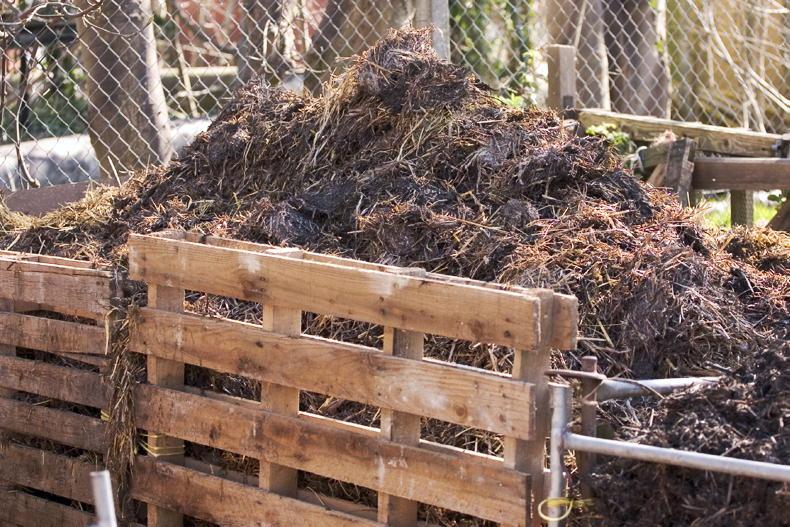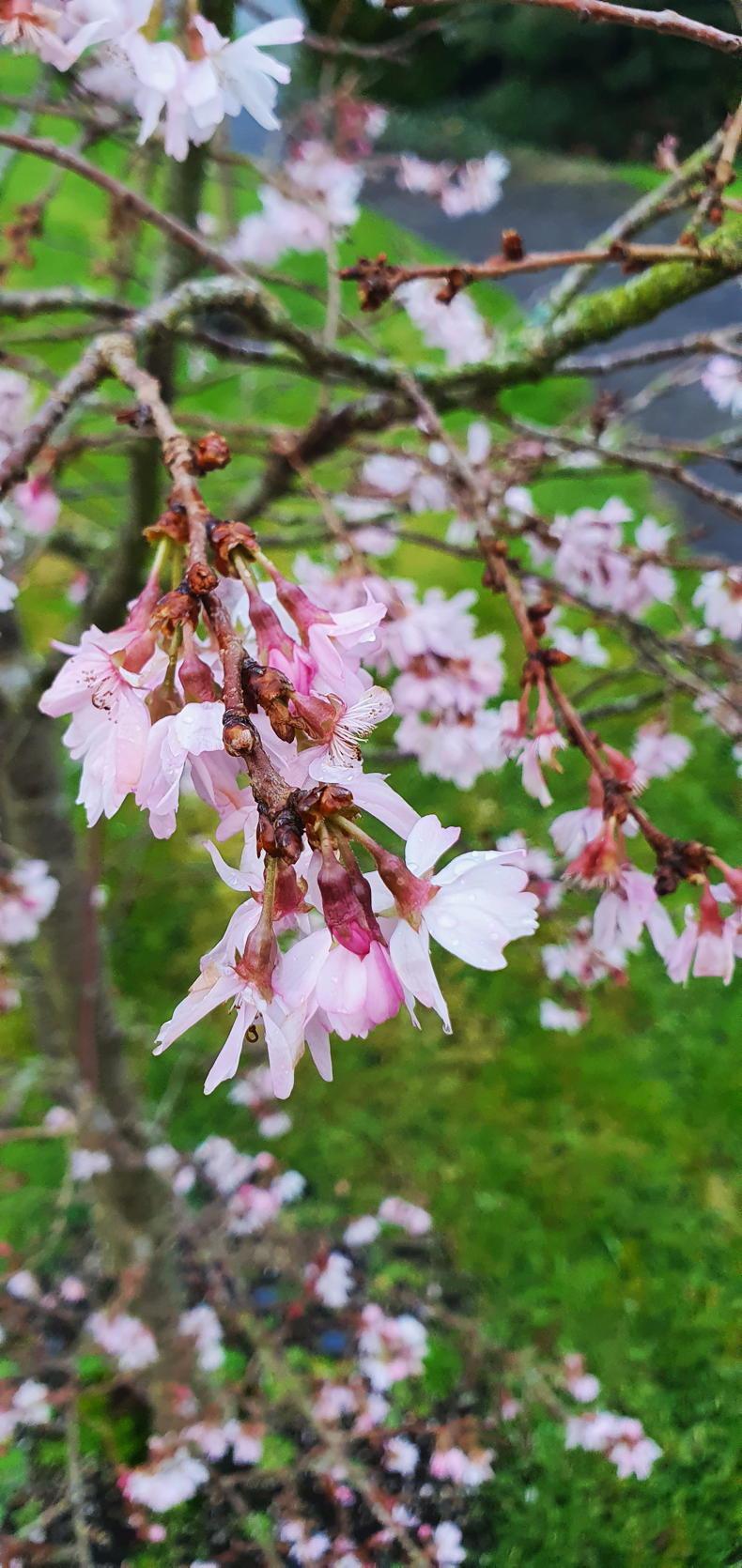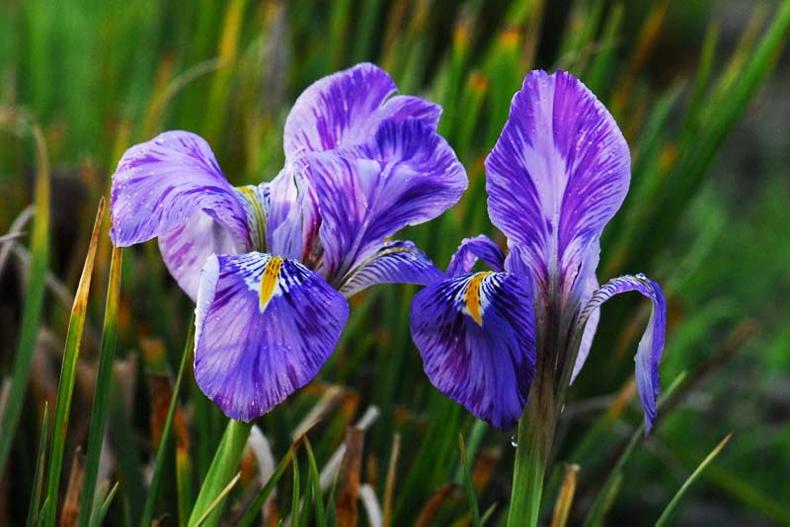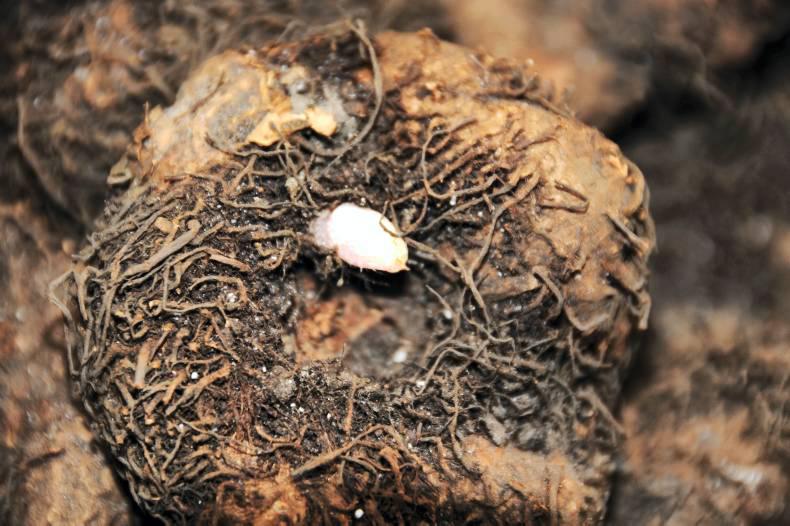Name: Winter-flowering cherry, autumn-flowering cherry
Botanical name: Prunus subhirtella ‘Autumnalis’ is easily the best-known.
It is a seedling selected from the species Prunus subhirtella which flowers in March or April like most Japanese flowering cherries.
The autumn-flowering selection has a tendency to open flowers in autumn, during winter and in spring.
Family: Prunus is the botanical name cherry trees and plum trees, the species mentioned being part of the cherry branch of the family.
Having flowered in autumn with a good show of blossom, these small trees are in flower in gardens for the second time in the same 12 months.
It would appear that the normal control of flowering – which sees the basic species flower in spring – does not function in the standard way.
The timing of flowering of cherries, as well as other plants, is influenced by natural plant hormone chemicals which, in turn, are triggered by day length and daily temperature levels. If an individual plant has increased sensitivity to the production or absence of flowering hormone due to the climatic conditions, it can behave differently to the rest, coming into flower outside the normal flowering period. This unusual trait might appear in a single plant. When a plant shows this unusual flowering pattern, it can be propagated by grafting or by cuttings, but not by seeds because seeds do not come true to type.
So it is likely that all plants of this lovely cherry have derived from the one original. It appeared in Europe about 1911, probably from Japan.
A lesser-known winter cherry is Prunus serrulata ‘Fudan sakura’. This is quite a rare plant, occasionally seen as a street tree and in gardens but it is unusual and difficult to find/buy but worth keeping a look out for. It has cup-shaped white flowers, opening from pink, rather than the open, more divided rose-like shape of ‘Autumnalis’. It is very eye-catching when spotted from a distance. It makes a smaller tree, rounded and more compact with larger flower clusters though not as many.
Both of these varieties flower in autumn, usually with a first flush about the time that the last of the leaves fall. The combination of the last few yellow and orange leaves and the fresh pink and white flowers is quite remarkable – like spring and autumn together. But when the leaves fall, things look more normal, namely flowers spangled along bare twigs. A cherry that flowers in autumn has no chance of making fruit and viable seeds, at least from the flowers that open in the autumn, as it is unlikely that successful pollination can take place and there are no leaves to develop the fruit. The species, like all the other cherries that flower in spring, forms the flower buds in the late summer and autumn. These are preserved inside the buds over winter and develop when the weather warms up. But in these plants, they are triggered earlier.
Whatever about their origin and their unusual flowering, both kinds are very beautiful and well worth growing for their winter flowers. They are very suitable for planting in a country garden as they are of natural appearance, not being very much removed from the original species.
The best way to use these flowering cherries – or the autumn cherry at least, since the other is practically impossible to buy – is as individual specimen plants. Ideally, they can be set out as a feature tree in a border of shrubs or a mixed border or even on a lawn.
Last of the fallen leaves
Tidy up compost heap

Compost heap.
Before the busy garden season begins, this is a great time to sort out compost heaps. The last of the leaves are falling and there will be little or no new material that can be added during the next several months. Tidy out all weeds and over-mature vegetables, grass mowings and the like. But instead of simply piling this on top of material already in the heap, the best approach is to take all unrotted or semi-rotted material off the existing pile.
Stack all this and any fresh material to one side. Then dig out the reasonably well-rotted or partially rotted material and make a separate heap. Set down a layer of the rotted material and then top up with fresh material and another layer of rotted material followed by a fresh layer. Ideally, finish the top with rotted material and on the sides too. By stacking the rotted and unrotted material in this way, you will create conditions for more rapid breakdown of the compost material. The unrotted material will heat and rot more quickly. There is no need for sides or supports, but they can be useful if you have them.
Trees, shrubs and roses
The weather has been varied with heavy rain in places making it impossible to dig ground to plant trees. It is always best to wait until soil conditions improve. If the plants have already been purchased, they should be loosened in their bunches and spaced loosely in a trench.
Fruit, vegetables and herbs
Fruit trees and bushes are available and can be planted now if the soil is not wet and sticky. Apple and pear trees can be pruned at any time when the leaves are shed, but plums or cherry trees are not pruned in winter. Lift any remaining root vegetables and store them.
Lawn
Avoid walking on lawn areas in wet weather to avoid soil compaction, but if the weather is good and the ground is firm, the grass should be mowed. Grass growth was good last autumn and lawns not mowed very late in the year will be difficult to mow now.
Flowers
Though it is past the ideal time for planting spring-bedding plants, this could still be carried out, especially into pots or other containers. Lift and divide perennial flowers in good weather. Leave the withered seed heads of perennial flower as they are now messy. Sow sweet pea seeds.
Greenhouse and house plants
Give all greenhouse plants a good watering to encourage the beginning of growth. Check for pests, such as snails, red spider mite, greenfly and mealy bug, especially on evergreens in the greenhouse. Sow early crops of carrots, cabbage, peas and cauliflower.
Name: Winter-flowering cherry, autumn-flowering cherry
Botanical name: Prunus subhirtella ‘Autumnalis’ is easily the best-known.
It is a seedling selected from the species Prunus subhirtella which flowers in March or April like most Japanese flowering cherries.
The autumn-flowering selection has a tendency to open flowers in autumn, during winter and in spring.
Family: Prunus is the botanical name cherry trees and plum trees, the species mentioned being part of the cherry branch of the family.
Having flowered in autumn with a good show of blossom, these small trees are in flower in gardens for the second time in the same 12 months.
It would appear that the normal control of flowering – which sees the basic species flower in spring – does not function in the standard way.
The timing of flowering of cherries, as well as other plants, is influenced by natural plant hormone chemicals which, in turn, are triggered by day length and daily temperature levels. If an individual plant has increased sensitivity to the production or absence of flowering hormone due to the climatic conditions, it can behave differently to the rest, coming into flower outside the normal flowering period. This unusual trait might appear in a single plant. When a plant shows this unusual flowering pattern, it can be propagated by grafting or by cuttings, but not by seeds because seeds do not come true to type.
So it is likely that all plants of this lovely cherry have derived from the one original. It appeared in Europe about 1911, probably from Japan.
A lesser-known winter cherry is Prunus serrulata ‘Fudan sakura’. This is quite a rare plant, occasionally seen as a street tree and in gardens but it is unusual and difficult to find/buy but worth keeping a look out for. It has cup-shaped white flowers, opening from pink, rather than the open, more divided rose-like shape of ‘Autumnalis’. It is very eye-catching when spotted from a distance. It makes a smaller tree, rounded and more compact with larger flower clusters though not as many.
Both of these varieties flower in autumn, usually with a first flush about the time that the last of the leaves fall. The combination of the last few yellow and orange leaves and the fresh pink and white flowers is quite remarkable – like spring and autumn together. But when the leaves fall, things look more normal, namely flowers spangled along bare twigs. A cherry that flowers in autumn has no chance of making fruit and viable seeds, at least from the flowers that open in the autumn, as it is unlikely that successful pollination can take place and there are no leaves to develop the fruit. The species, like all the other cherries that flower in spring, forms the flower buds in the late summer and autumn. These are preserved inside the buds over winter and develop when the weather warms up. But in these plants, they are triggered earlier.
Whatever about their origin and their unusual flowering, both kinds are very beautiful and well worth growing for their winter flowers. They are very suitable for planting in a country garden as they are of natural appearance, not being very much removed from the original species.
The best way to use these flowering cherries – or the autumn cherry at least, since the other is practically impossible to buy – is as individual specimen plants. Ideally, they can be set out as a feature tree in a border of shrubs or a mixed border or even on a lawn.
Last of the fallen leaves
Tidy up compost heap

Compost heap.
Before the busy garden season begins, this is a great time to sort out compost heaps. The last of the leaves are falling and there will be little or no new material that can be added during the next several months. Tidy out all weeds and over-mature vegetables, grass mowings and the like. But instead of simply piling this on top of material already in the heap, the best approach is to take all unrotted or semi-rotted material off the existing pile.
Stack all this and any fresh material to one side. Then dig out the reasonably well-rotted or partially rotted material and make a separate heap. Set down a layer of the rotted material and then top up with fresh material and another layer of rotted material followed by a fresh layer. Ideally, finish the top with rotted material and on the sides too. By stacking the rotted and unrotted material in this way, you will create conditions for more rapid breakdown of the compost material. The unrotted material will heat and rot more quickly. There is no need for sides or supports, but they can be useful if you have them.
Trees, shrubs and roses
The weather has been varied with heavy rain in places making it impossible to dig ground to plant trees. It is always best to wait until soil conditions improve. If the plants have already been purchased, they should be loosened in their bunches and spaced loosely in a trench.
Fruit, vegetables and herbs
Fruit trees and bushes are available and can be planted now if the soil is not wet and sticky. Apple and pear trees can be pruned at any time when the leaves are shed, but plums or cherry trees are not pruned in winter. Lift any remaining root vegetables and store them.
Lawn
Avoid walking on lawn areas in wet weather to avoid soil compaction, but if the weather is good and the ground is firm, the grass should be mowed. Grass growth was good last autumn and lawns not mowed very late in the year will be difficult to mow now.
Flowers
Though it is past the ideal time for planting spring-bedding plants, this could still be carried out, especially into pots or other containers. Lift and divide perennial flowers in good weather. Leave the withered seed heads of perennial flower as they are now messy. Sow sweet pea seeds.
Greenhouse and house plants
Give all greenhouse plants a good watering to encourage the beginning of growth. Check for pests, such as snails, red spider mite, greenfly and mealy bug, especially on evergreens in the greenhouse. Sow early crops of carrots, cabbage, peas and cauliflower.










SHARING OPTIONS